
- Home
- Various Pocket Knives
- Knife Type
Knife Type
Get In Touch
Feel free to send us your inquiry. We’re very happy to help you.
HT POCKET KNIFE FACTORY
No. 489, Qiaoping 1st Road, Yangxi County, Yangjiang City, Guangdong Province, China
Sales Director
The Ultimate Guide to Types of Knives: From EDC Essentials to Outdoor Tools
A pocket knife is an essential tool for everyday carry, offering versatility and convenience in a compact package. One of the most crucial aspects of a pocket knife is its blade shape, which determines its functionality and suitability for various tasks. In this comprehensive guide, we’ll explore the fascinating world of pocket knife blade shapes, helping you choose the perfect blade for your needs.
What Makes Pocket Knife Blades Unique?
Pocket knife blades come in a variety of shapes and sizes, each designed for specific purposes. The blade shape affects the knife’s cutting ability, strength, and versatility. Understanding these differences will help you select the ideal pocket knife for your everyday carry needs.
“The right blade shape can make all the difference in how effectively you use your pocket knife.” – Knife enthusiast and outdoorsman
Here’s a quick comparison of some common blade shapes:
| Blade Shape | Strengths | Best Uses |
|---|---|---|
| Drop Point | Versatile, strong tip | General purpose, hunting |
| Clip Point | Sharp, precise tip | Detailed work, piercing |
| Tanto | Strong tip, good for piercing | Tactical use, heavy-duty tasks |
| Sheepsfoot | Straight edge, safe tip | Whittling, rescue situations |
| Wharncliffe | Precise cutting, safe tip | Detailed work, woodworking |
How Do Different Blade Shapes Affect Performance?
The shape of a pocket knife blade significantly impacts its performance in various tasks. Let’s explore some popular blade shapes and their characteristics:
1. What makes the drop point blade so versatile?
The drop point blade is one of the most common and versatile blade shapes found in pocket knives. Its curved spine gently slopes down to meet the edge, creating a strong tip that’s less prone to breaking. This design makes it excellent for:
- General cutting tasks
- Slicing and skinning
- Light prying (though not recommended for heavy-duty use)
Many popular pocket knives, such as the Buck 110 Folding Hunter, feature a drop point blade due to its all-around functionality.
2. Why is the clip point blade favored for precision work?
The clip point blade is characterized by a concave curve on the spine, creating a finer tip for precise work. This blade shape excels at:
- Detailed cutting and carving
- Piercing and puncturing
- Skinning game (for hunting knives)
The iconic Spyderco knives often feature clip point blades, showcasing their popularity among enthusiasts.
3. How does the tanto blade differ from other shapes?
The tanto blade, inspired by Japanese swords, features a high point with a flat grind and a sharp angular transition to the edge. This unique shape provides:
- Exceptional strength at the tip
- Excellent piercing ability
- Good slicing performance on the straight edge
Tactical folding knives often utilize the tanto blade shape for its durability and effectiveness in high-stress situations.
4. What makes the sheepsfoot blade ideal for safety-conscious users?
The sheepsfoot blade has a straight edge and a rounded spine that curves down to meet the edge. This design offers:
- A long, straight cutting edge
- Reduced risk of accidental punctures
- Excellent control for precise cuts
Many rescue knives and maritime tools feature sheepsfoot blades due to their safety-oriented design.
5. How does the wharncliffe blade enhance precision cutting?
The wharncliffe blade is similar to the sheepsfoot but with a straighter spine that tapers more dramatically to the tip. This shape provides:
- A long, straight cutting edge for precise slicing
- A strong tip for detailed work
- Reduced risk of accidental punctures
Wharncliffe blades are popular among craftsmen and for everyday carry knives focused on utility tasks.
Choosing the Right Blade Shape for Your Needs
When selecting a pocket knife, consider your intended use and personal preferences. Here are some factors to keep in mind:
- Intended use: Will you be using the knife for general tasks, outdoor activities, or specialized work?
- Blade length: Longer blades offer more cutting power, while shorter blades provide better control and may be more legally permissible in some areas.
- Edge type: Plain edges excel at push cuts, while serrated edges are better for slicing fibrous materials.
- Lock mechanism: Liner locks, frame locks, and axis locks are popular options for securing the blade.
- Handle material: G10 handles offer durability and grip, while wood handles provide a classic look.
By considering these factors and understanding the strengths of different blade shapes, you can choose the perfect pocket knife for your everyday carry needs. Whether you opt for a versatile drop point, a precise clip point, or a sturdy tanto blade, the right pocket knife will become an indispensable tool in your daily life.
Explore the world of folding knives: Discover the latest trends, reviews, and insights on our blog.
Stay informed with the latest updates and choose your folding knives wisely.
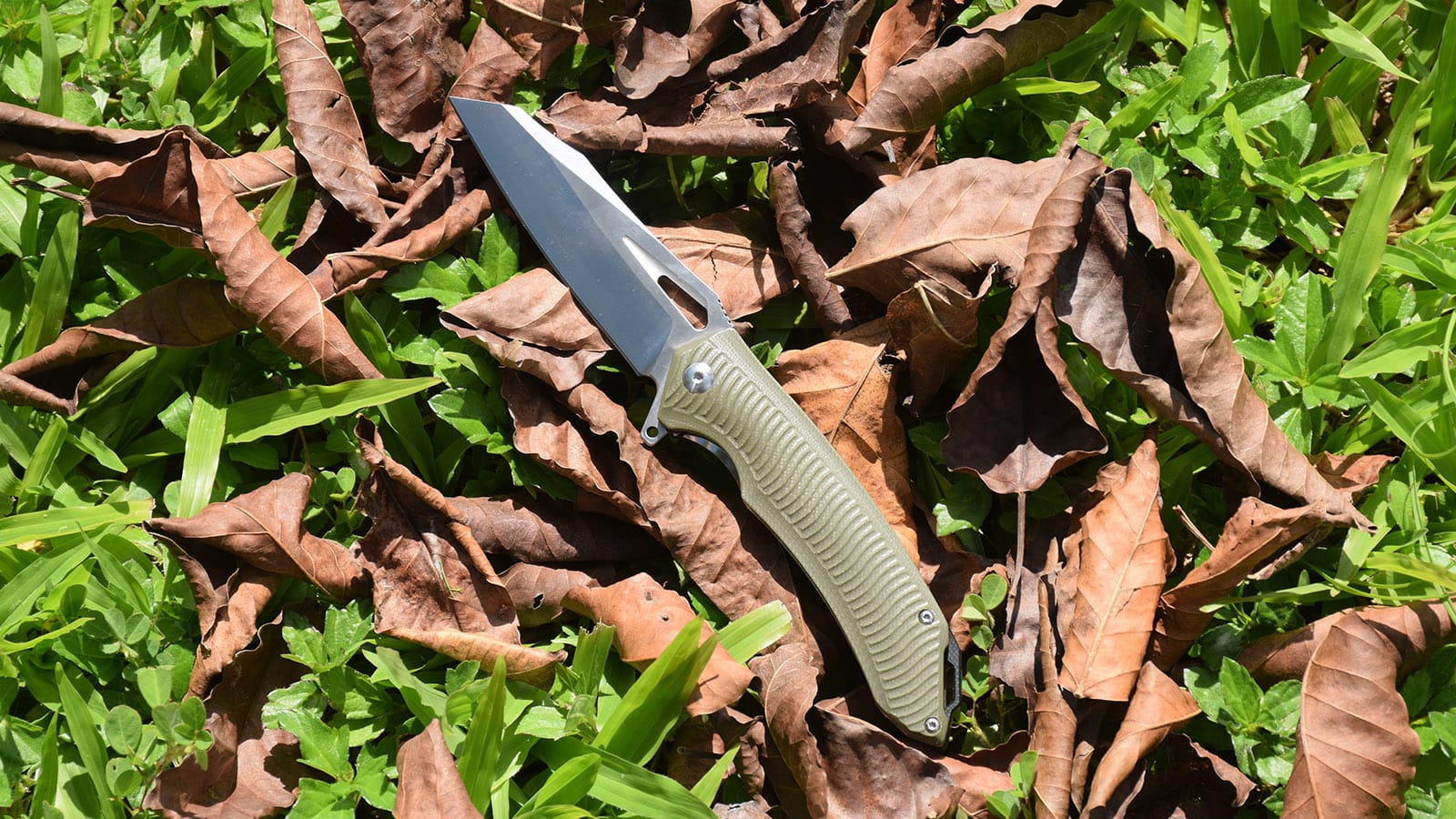
How to Make a Leather Knife Sheath at Home
Creating a leather knife sheath is a rewarding project that
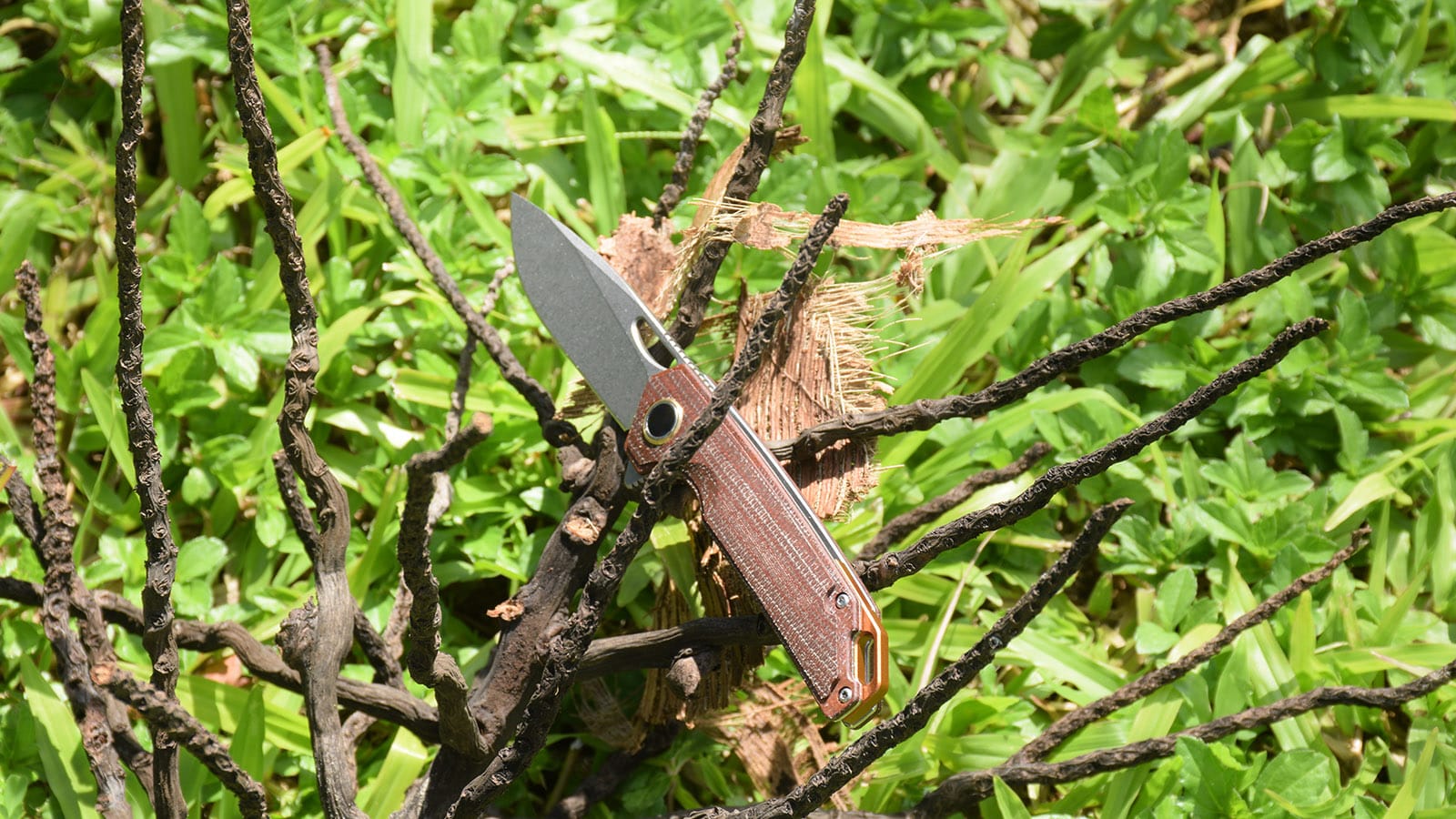
Master the Art of Sharpening Your Pocket Knife Without a Sharpener
Are you tired of struggling with a dull pocket knife?
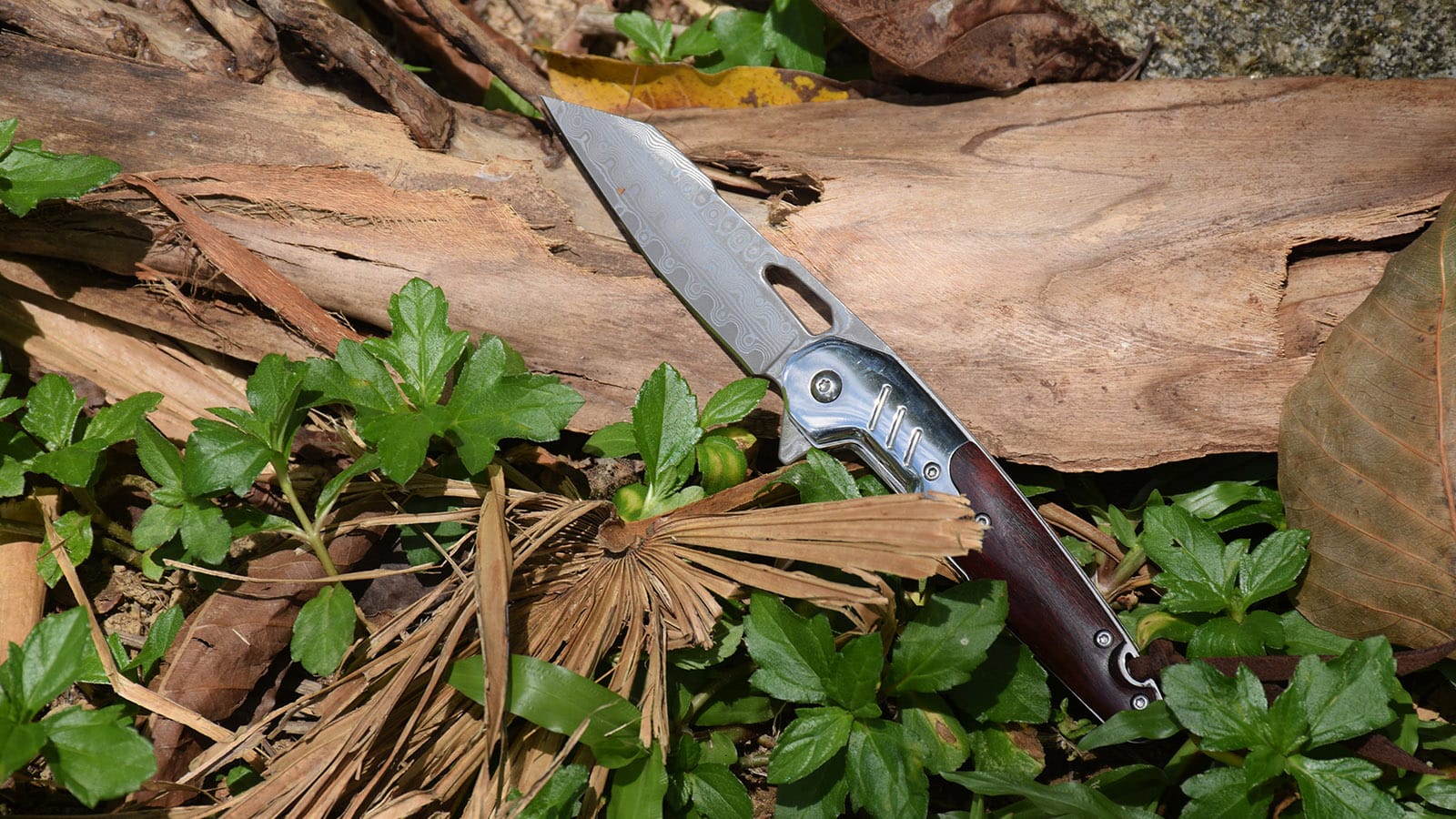
Are Pocket Knife Thumb Studs Removable? A Complete Guide
Pocket knives are a staple for many enthusiasts, whether for everyday carry
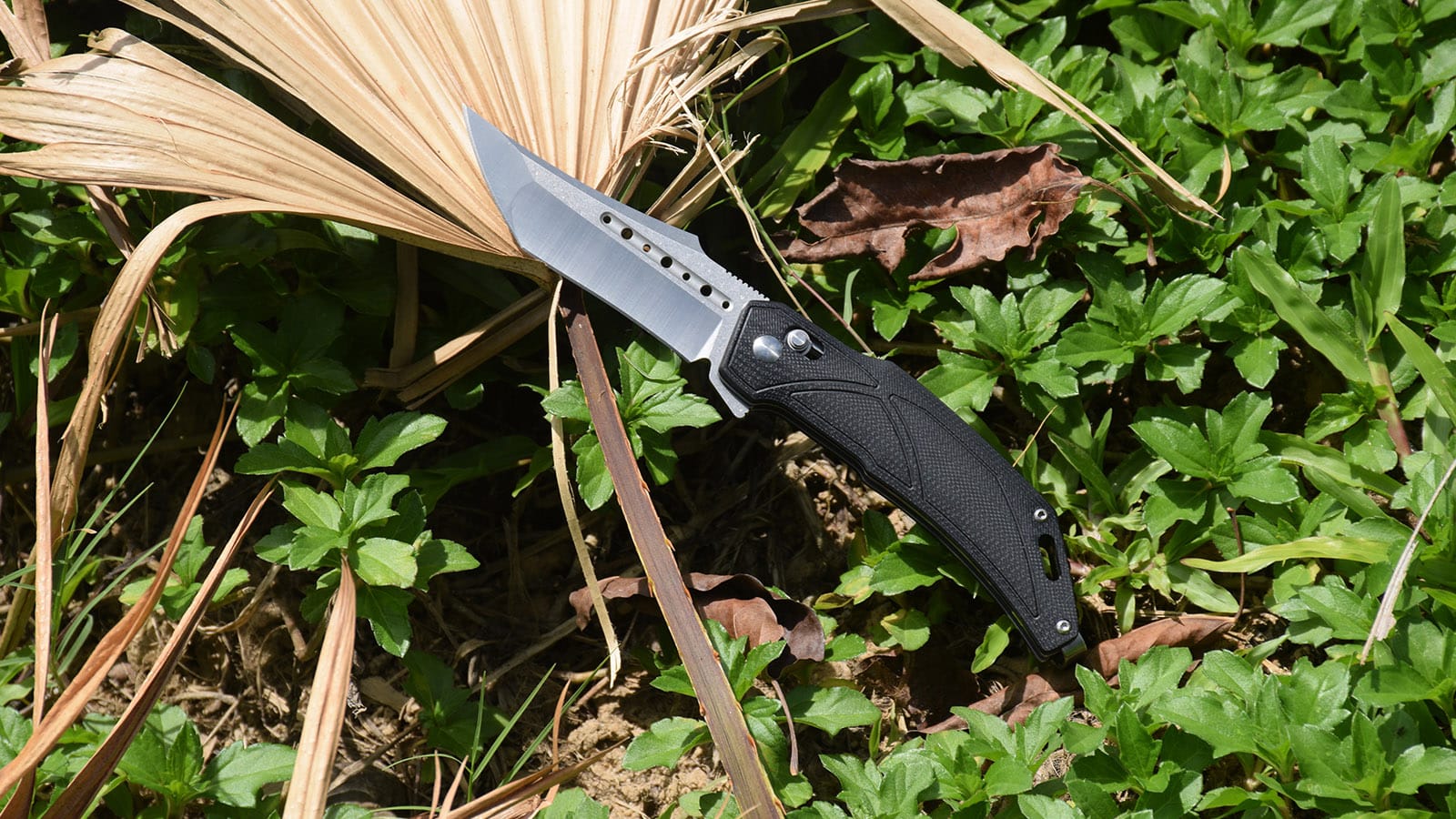
The Ultimate Guide to Identifying Any Knife: Expert Tips & Techniques
Are you holding an old knife and wondering about its

Can You Bring a Hunting Knife to School? Essential Laws and Safety Guidelines
Understanding the laws and regulations regarding knives on school grounds
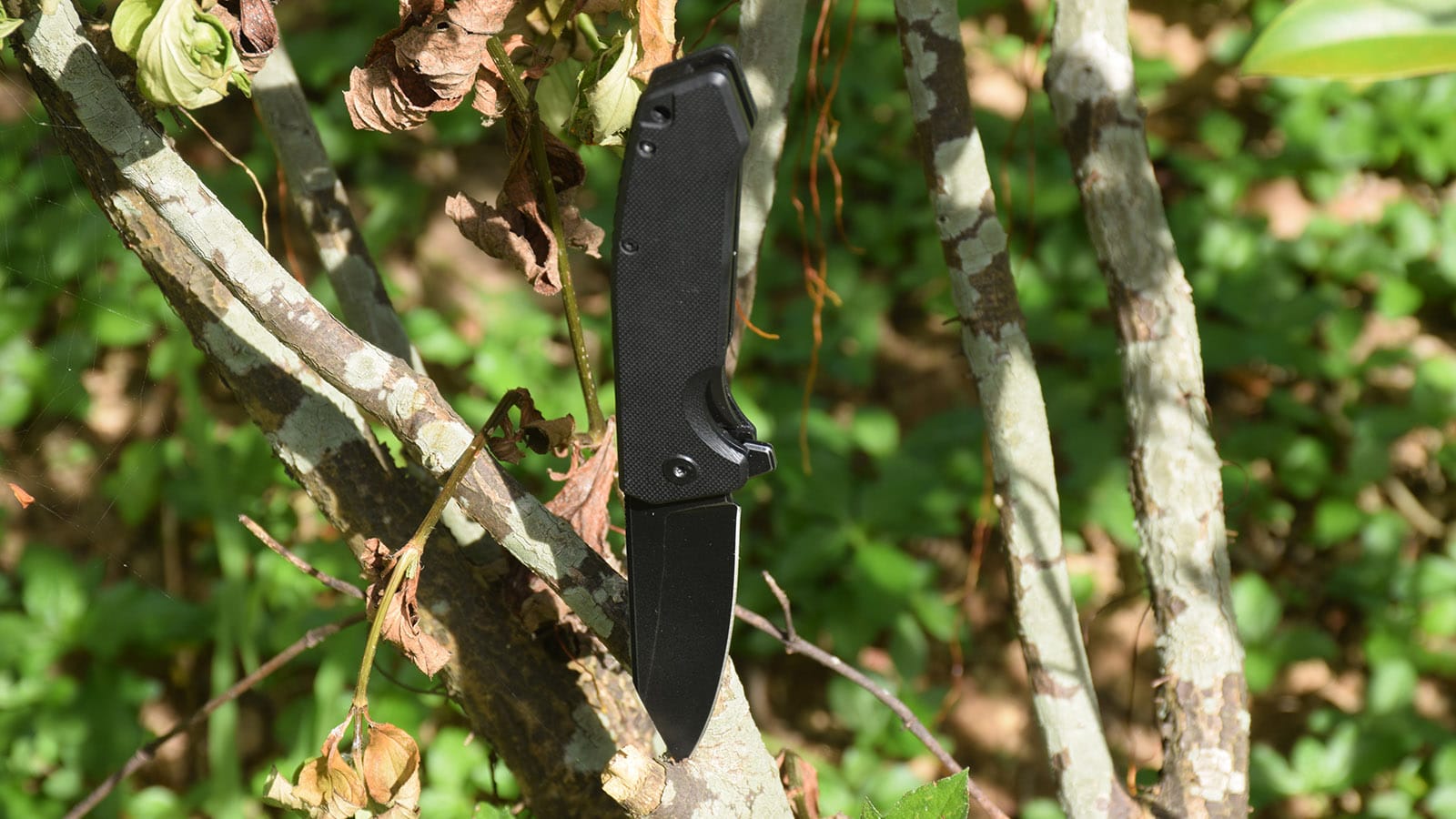
Understanding NYC Knife Laws: Can You Legally Carry a Pocket Knife in New York City?
Navigating the complex world of knife laws in New York

Can You Fix a Folding Pocket Knife? A Complete Guide to Knife Repair and Maintenance
A folding pocket knife is one of the most versatile tools you











